Norway
Photos
20 Photos
Per Page:
Filter Categories
All
Filters
Grayish white over the deep blue Norwegian Sea, a thick cloud of smoke drifts north off the western coast of Norway in this image, taken on 7 May 2006, by NASA's Aqua satellite. The smoke is coming from hundreds of fires burning in western Russia, most of which are probably agricultural fires. By the time this image was taken, smoke had lingered over the Norwegian Sea for more than a week as the fires continued to burn. In this image, hazy skies extend from Denmark, lower right, west to Iceland, upper left. The densest of the smoke hangs over the Shetland Islands (lower center) and the Faroe Islands (left center). The northern shores of Great Britain are in the lower left corner of the image. Red dots mark the locations of scattered burning fires in Norway. Photo courtesy of NASA.
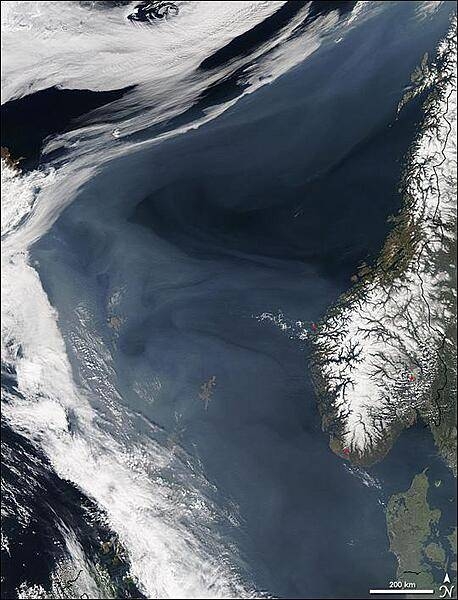
Brilliant shades of blue and green explode across the Barents Sea in this natural-color satellite image taken on 14 August 2011. The color was created by a massive bloom of phytoplankton that is common in the area each August. The clear view is a rare treat since the Barents Sea is cloud-covered roughly 80 percent of the time in summer. Plankton blooms spanning hundreds or even thousands of kilometers occur across the North Atlantic and Arctic Oceans every year. Many species thrive in the cooler ocean waters, which tend to be richer in nutrients and plant life than tropical waters.
The area in this image is located immediately north of the Scandinavian peninsula. The region is a junction where several ocean current systems - including the Norwegian Atlantic, the Persey, and east Spitsbergen currents - merge and form a front known as the North Cape Current. The intersecting waters, plus stiff winds, promote mixing of waters and of nutrients from the deep. Image courtesy of NASA.
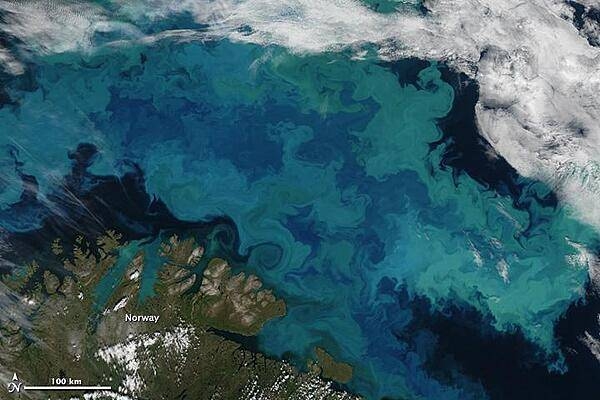
A view of the city of Oslo at dusk.

The Gogstad Ship, excavated in 1880, dates to the late 9th century; it is housed in the Viking Ship Museum in Oslo. Constructed largely of oak, the vessel is the largest preserved Viking ship in Norway (24 m long and 5 m wide) and was built to carry 32 oarsmen. The Vikings were able to terrorize much of Europe because of their state-of-the-art ships, which had a shallow draft hull and were able to navigate rivers only one meter deep. Additionally, they were relatively light and could be portaged (carried by the crew) between rivers.
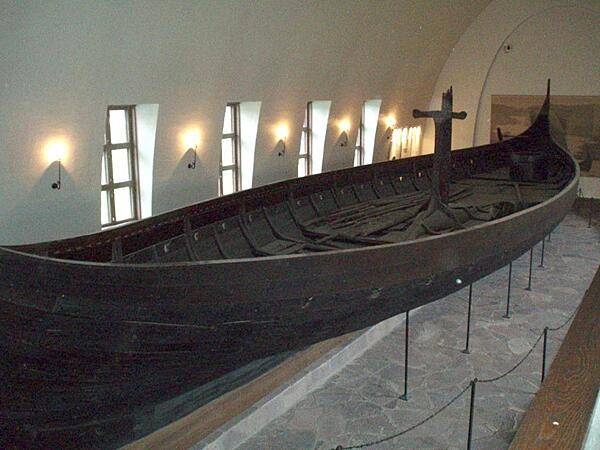
The National Theater in Oslo, opened in 1899.
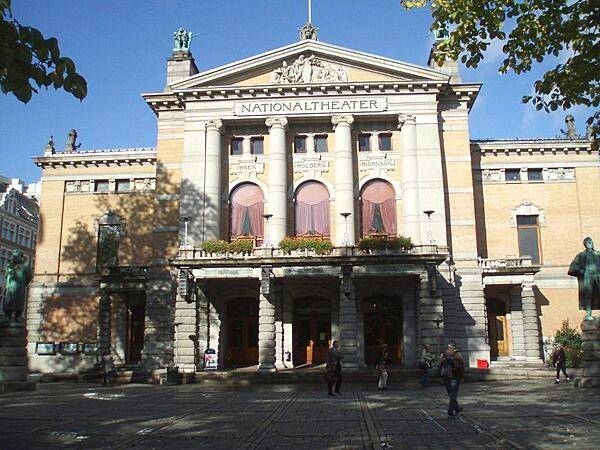
Constructed between 1839 and 1854, what was the former National University in Oslo is today the Law School.
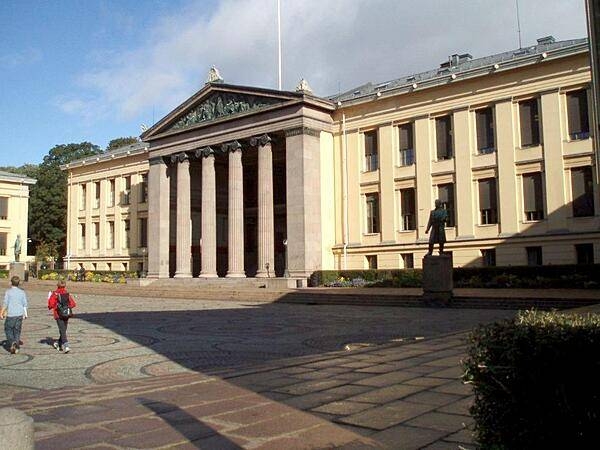
The Royal Palace (Slottet) in Oslo, constructed between 1825 and 1849.

The Parliament Building (Stortinget) in Oslo, constructed between 1861 and 1866.
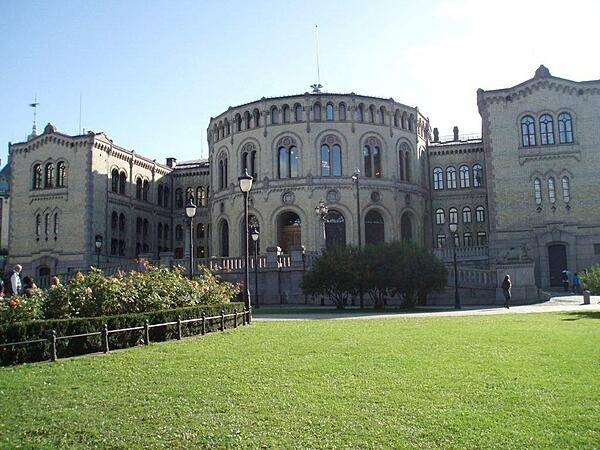
The City Hall (Radhus) in Oslo. Although construction began in 1931, completion was delayed because of World War II. The building was finally inaugurated in 1950. The Nobel Peace Prize ceremony takes place in the City Hall every year on 10 December.
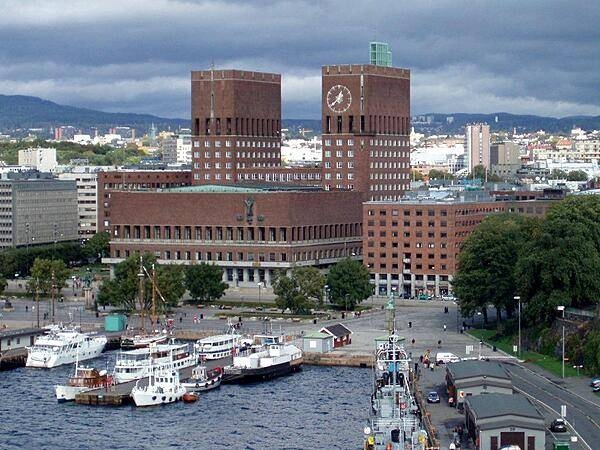
Akershus Fortress is a medieval castle built to protect the city of Oslo; construction dates back to the late 1290s. Today the grounds house several museums and are popular visitor destination.
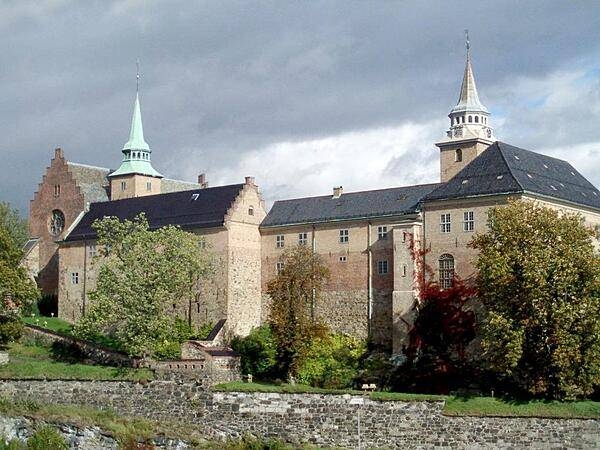
Majestic Naeroy Fjord.
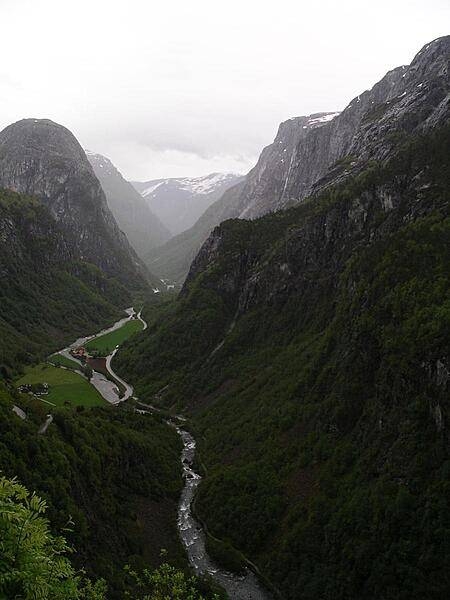
The wharf at Bergen, Norway's second largest city. Bergen served as Norway's capital during the 13th century.
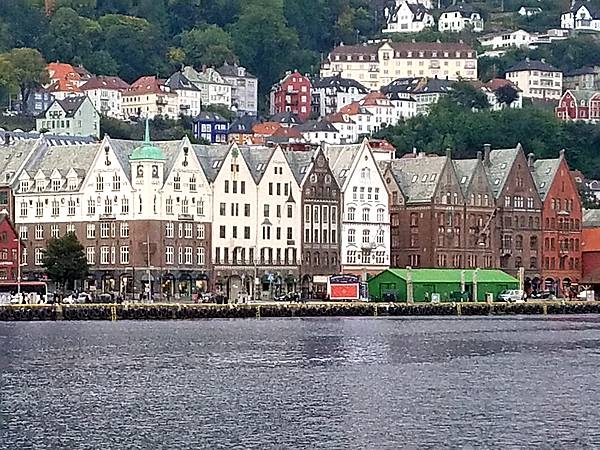
Page 01 of 02